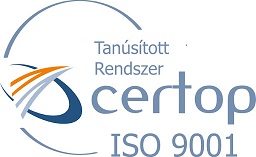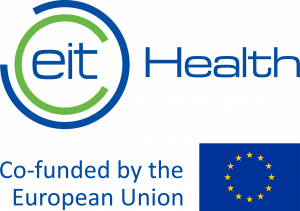Professor Gregory Katz on value-based healthcare

Q&A: How can we implement value-based healthcare in Europe?
Professor Gregory Katz discusses EIT Health’s recent publication, “Implementing Value-Based Healthcare in Europe a Handbook for Pioneers”.
How does value-based healthcare (VBHC) compare to traditional fee-for-service based models in the context of health innovation?
Fee-for-service incentivises providers to grow service volume. This approach can generate over-medicalisation and wasteful spending. Unnecessary treatments can be performed without complications and thus remain undetected despite the fact they do not enhance patient quality of life.
During your research for the handbook, what were the biggest barriers to implementing VBHC that you uncovered?
Mobilising internal forces is the most critical challenge to overcome resistance to change. As with any transformation, VBHC has its critics and sceptics
First, implementing VBHC requires clinical and administrative leaders to work together, combining medical and managerial competencies, and jointly accepting the risks inherent to change. These value-champions motivate staff to persevere through the disruption of established norms and habits.
The second step for senior leadership is to build bridges across functions and commit necessary resources for long-term impact.
Finally, it is critical to appoint a cross-functional VBHC management team to determine a roadmap, define deadlines and key milestones and create traction broadly – from the operating room to the boardroom.
Is it a challenge to measure Patient Reported Outcome Measures (PROMs) and Clinician Reported Outcome Measures (CROMs)?
Typically, a person’s health information is fragmented across multiple proprietary systems and data repositories, which makes it hard to develop a holistic view of the individual’s health or the care they have received.
However, for most data platforms the process is simple. Patients complete an online PROM survey while waiting for their appointment. The survey results are then immediately available during the consultation and stored in a searchable database. With access to this new data, clinicians and patients can devote more time to discussing the best possible care options.
Do you think a value-based organisation should develop in-house or outsource its data platform?
Build or buy – either makes sense. On the one hand, if data platform development is not conducted in-house then hospitals and health systems run the risk of becoming reliant on vendors to customise the platform to their needs. On the other hand, for many smaller hospitals and systems, relying on trustworthy vendors and mature external products is likely an acceptable and cost-effective solution.
The “Implementation Matrix” in the handbook can be applied across most healthcare organisations and systems – how will this help to address inequalities in care across Europe?
Today in Europe, clinical leaders and providers are choosing to take bold action to measure, compare, and improve their outcomes. This momentum is building from the bottom up, through entrepreneurial initiatives such as those presented in this report.
Although only a handful of the 22 EU countries analysed in this work are leading the way, lessons learned from these pioneers create leapfrogging opportunities for others.
How important is it for leaders to find individual VBHC champions within their organisations?
It is vital to find clinical champions willing to measure their outcomes and be transparent with their peers and patients. These trailblazers are critical to generating the momentum necessary to resolve early challenges.
Were there any strong examples of collaboration from your research?
Plenty! Our handbook analyses nearly 40 pioneering VBHC collaborations between life science companies, providers, health insurers, IT start-ups, and health authorities.
VBHC creates a new type of relationship between payers and providers, suppliers, purchasers, research alliances and public private partnerships. These value-driven collaborations accelerate the emergence of outcome-based procurement strategies and business diversification.
What role can EIT Health have in supporting VBHC uptake in Europe?
EIT Health and VBHC share common values – innovation, education and entrepreneurship.
VBHC relies on innovation to discover new solutions that deliver higher patient outcomes, education that mobilises learning communities around improvement cycles, and entrepreneurship, which encourages outcome-based incentives and financial sustainability.
Gregory Katz is a professor at the University of Paris School of Medicine, and the Chair of Innovation and Value in Health. He is the founding director of the VBHC Consortium, and the academic director of the EIT Health report, ‘Implementing Value-Based Health Care in Europe: Handbook for Pioneers’.
SOURCES: https://eithealth.eu/news-article/professor-gregory-katz-on-value-based-healthcare/








